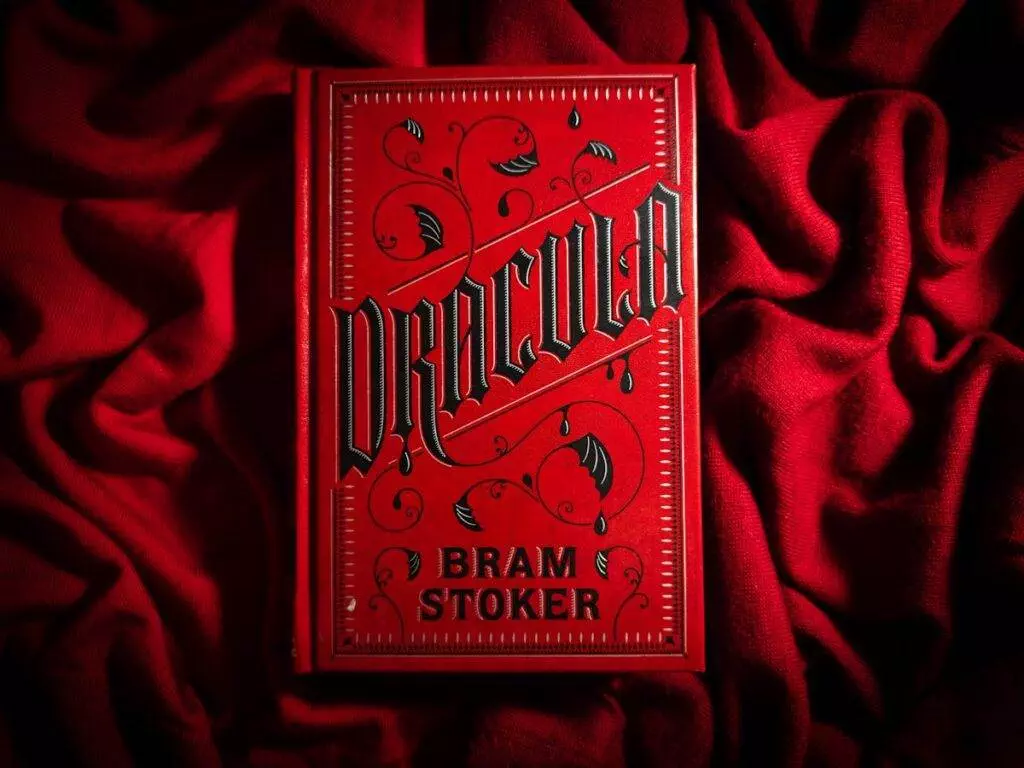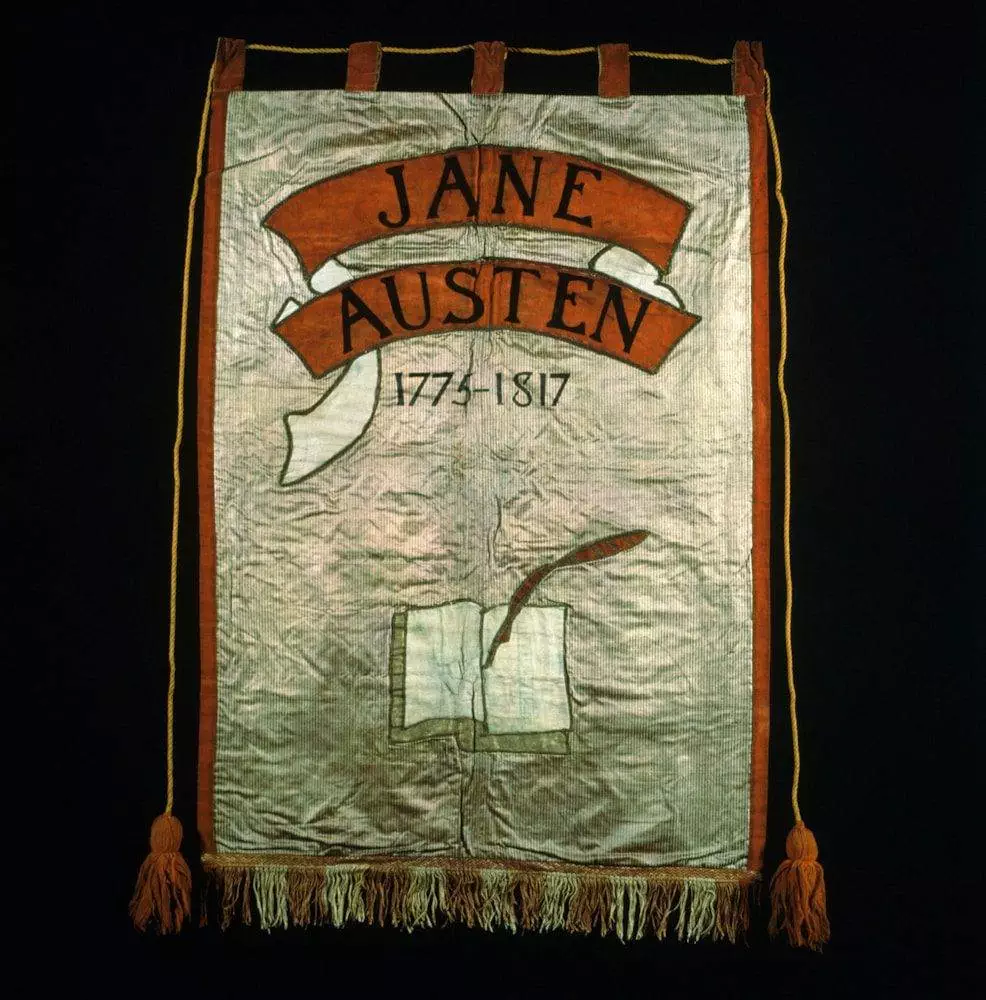Introduction
The English novel has a rich and varied history, evolving significantly from the early 18th century to the Victorian era. Understanding this evolution is crucial for grasping the development of modern literature and its diverse forms. This overview highlights the contributions of key authors such as Daniel Defoe, Henry Fielding, Jane Austen, and Charles Dickens, showcasing how their works laid the foundation for the novel as a dominant literary form.
Table of Contents
The Birth of the English Novel
The early 18th century marked the emergence of the English novel, a period characterized by a growing middle class and increased literacy rates. This era saw the rise of prose fiction as a popular literary form, reflecting the complexities of contemporary life.
Key Figure: Daniel Defoe
Daniel Defoe is often credited with writing the first English novel, Robinson Crusoe (1719). Defoe’s work is notable for its detailed realism and the use of a first-person narrative, which provided readers with an intimate glimpse into the protagonist’s thoughts and experiences. Robinson Crusoe tells the story of a castaway who spends 28 years on a remote island, encountering various challenges and adventures. Defoe’s emphasis on realism and the minutiae of daily life set a precedent for future novelists, marking a significant departure from the allegorical and didactic literature that preceded it.
Pioneers of the Novel Form
Following Defoe, several authors contributed to the development of the English novel, each bringing unique innovations to the form.
Key Figure: Samuel Richardson
Samuel Richardson’s Pamela (1740) introduced the epistolary novel, a format that uses letters written by the characters to tell the story. This approach allowed Richardson to explore the psychological depth of his characters, particularly the young servant girl Pamela, who resists the advances of her master. The novel’s focus on personal virtue and moral fortitude resonated with contemporary readers and established Richardson as a pioneering figure in the novel’s development.
Key Figure: Henry Fielding
In contrast to Richardson’s moral seriousness, Henry Fielding’s Tom Jones (1749) offered a more humorous and satirical take on human nature. Fielding described his work as a “comic epic in prose,” combining elements of picaresque adventure with a wide-ranging social commentary. Tom Jones follows the life of the foundling Tom, whose journey from a country estate to the bustling streets of London is filled with comic mishaps and romantic entanglements. Fielding’s lively narrative and rich cast of characters provided a model for subsequent novelists, blending entertainment with insight into human behavior.
The Rise of the Gothic Novel
As the 18th century drew to a close, a new trend emerged in English novel: the Gothic novel. These works, characterized by their dark and mysterious settings, supernatural elements, and heightened emotions, captivated readers with their thrilling plots.

Key Figure: Ann Radcliffe
Ann Radcliffe was a leading figure in the Gothic novel genre, with her work The Mysteries of Udolpho (1794) epitomizing its key features. Radcliffe’s novels often centered on virtuous heroines who encounter sinister forces in isolated, crumbling castles. The Mysteries of Udolpho follows Emily St. Aubert as she navigates a series of eerie and suspenseful events. Radcliffe’s skillful use of atmosphere and suspense influenced many later writers, including the Brontë sisters and Edgar Allan Poe, cementing the Gothic novel’s place in literary history.
Jane Austen and the Social Novel
The early 19th century saw a shift towards English novels that focused on social issues and the intricacies of personal relationships, with Jane Austen emerging as a key figure in this development.
Key Figure: Jane Austen
Jane Austen’s novels, such as Pride and Prejudice (1813), are celebrated for their keen observations of social manners and the subtleties of human interactions. Austen’s writing is characterized by its wit, irony, and a deep understanding of her characters’ inner lives. Pride and Prejudice explores the themes of love, marriage, and social status through the story of Elizabeth Bennet and her evolving relationship with the enigmatic Mr. Darcy. Austen’s focus on the domestic sphere and the moral choices of her characters provided a template for the social novel, influencing countless writers who followed.

Austen’s work represents a bridge between the 18th-century novel of manners and the more complex, socially engaged novels of the Victorian era. Her emphasis on character development and social critique helped to shape the future direction of English fiction.
The Victorian Era and the Expansion of the English Novel
As the 19th century progressed, the English novel continued to evolve, reaching new heights during the Victorian era. This period saw the expansion of the novel in terms of both scope and popularity, with authors exploring a wide range of social, political, and moral issues.
Key Figure: Charles Dickens
Charles Dickens is perhaps the most iconic novelist of the Victorian era, known for his vivid characters, intricate plots, and social commentary. Works like Great Expectations (1861) highlight Dickens’s ability to weave together personal stories with broader social issues. Great Expectations follows the journey of Pip, an orphan who navigates the challenges of social mobility and personal growth. Dickens’s use of serialized publication helped to popularize the novel form, making his works accessible to a broad audience and ensuring their enduring popularity.
Key Figure: George Eliot
George Eliot, the pen name of Mary Ann Evans, brought a profound intellectual and moral depth to the Victorian novel. Her masterpiece, Middlemarch (1871-1872), is often considered one of the greatest novels in the English language. Middlemarch delves into the lives of the residents of a provincial town, examining their personal ambitions, social aspirations, and ethical dilemmas. Eliot’s keen psychological insight and her exploration of the intersecting lives of her characters offered a new level of complexity to the novel form. Her work addressed issues such as women’s rights, political reform, and the conflicts between tradition and progress, reflecting the concerns of her time.
Key Figure: Charlotte Brontë
Charlotte Brontë’s Jane Eyre (1847) is another landmark of Victorian literature, combining elements of the Gothic novel with a strong, introspective narrative voice. The novel follows the life of its titular character from her troubled childhood to her eventual marriage to the enigmatic Mr. Rochester. Jane Eyre is notable for its exploration of themes such as gender inequality, social class, and the search for self-identity. Brontë’s innovative use of a deeply personal, first-person narrative set a new standard for character-driven storytelling in the English novel.
Key Figure: Thomas Hardy
Thomas Hardy’s novels often portrayed the harsh realities of rural life and the inexorable forces of fate and nature. Tess of the d’Urbervilles (1891) is a poignant example of Hardy’s exploration of human suffering and societal injustice. The novel tells the tragic story of Tess, a young woman who faces relentless misfortune and moral condemnation. Hardy’s vivid depiction of the English countryside and his compassionate portrayal of Tess’s plight underscore his critique of Victorian social norms and the harsh judgments imposed on individuals, particularly women.
Key Figure: Elizabeth Gaskell
Elizabeth Gaskell’s novels provided a keen social commentary on the industrialization and class struggles of the 19th century. North and South (1854-1855) contrasts the rural, agrarian South of England with the industrialized North, exploring the tensions between different social classes and the emerging labor movements. Gaskell’s detailed portrayal of the working-class struggles and her sympathetic characters helped to raise awareness of the social issues of her time, contributing to the broader social reform movements.
Conclusion
The evolution of the English novel from the early 18th century to the late 19th century reflects the dynamic changes in society, culture, and literary form. Starting with Daniel Defoe’s pioneering work in realism and narrative technique, the novel progressed through the psychological insights of Samuel Richardson, the satirical brilliance of Henry Fielding, and the Gothic imaginings of Ann Radcliffe. The social and domestic novels of Jane Austen bridged the gap to the Victorian era, where authors like Charles Dickens, George Eliot, Charlotte Brontë, Thomas Hardy, and Elizabeth Gaskell expanded the scope and depth of the novel.
Each of these authors brought unique perspectives and innovations to the novel, contributing to its development as a powerful medium for exploring human experience and social issues. Their works not only entertained but also provoked thought and inspired change, making the English novel a central part of literary and cultural history.
For UGC NET aspirants, understanding the historical context and evolution of the English novel is essential for a comprehensive grasp of English literature. These novels not only provide a window into the past but also offer timeless insights into the human condition, making them relevant for readers and scholars alike.



2 Comments
Pingback: F. Scott Fitzgerald's 'Tender Is the Night': A Tragic American Dream - LitGram by MukeshRishit
Pingback: Pamela by Samuel Richardson: Virtue, Class, and the Birth of the Modern Novel - LitGram by MukeshRishit